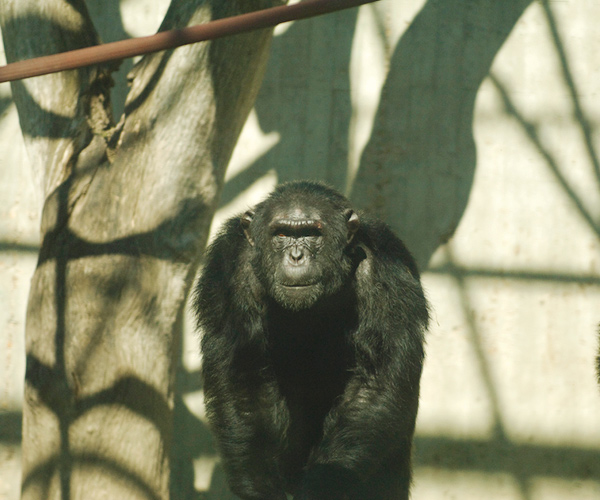Because of its black and white rings on the tail, it is known as the ring-tailed lemur and is the most famous of its genus.
A close relative of the monkeys (prosimian), it belongs, however, to an earlier scale than the monkeys.
A quadrupedal mammal with an elongated snout, it has hands and feet with opposable thumbs. Its hind limbs are longer than the forelimbs and end in large feet with differentiated toes.
Adapted to arboreal life, they are able to cling to branches without problems, as well as to jump up to two meters high.
Endemic to the south and southwest of Madagascar, it is one of the best ambassadors of this amazing island.
Lemurs can spend a lot of time sunbathing and grooming each other. They form mixed and highly hierarchical groups of 15 to 25 individuals dominated by a female.
After 130-144 days of gestation, the female has a newborn that clings to her belly, only to climb onto her back a few weeks later.
Opportunistic frugivores, lemurs feed on fruit and leaves, although they have been seen eating insects, eggs and small vertebrates.



















